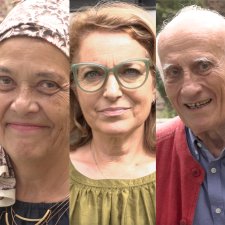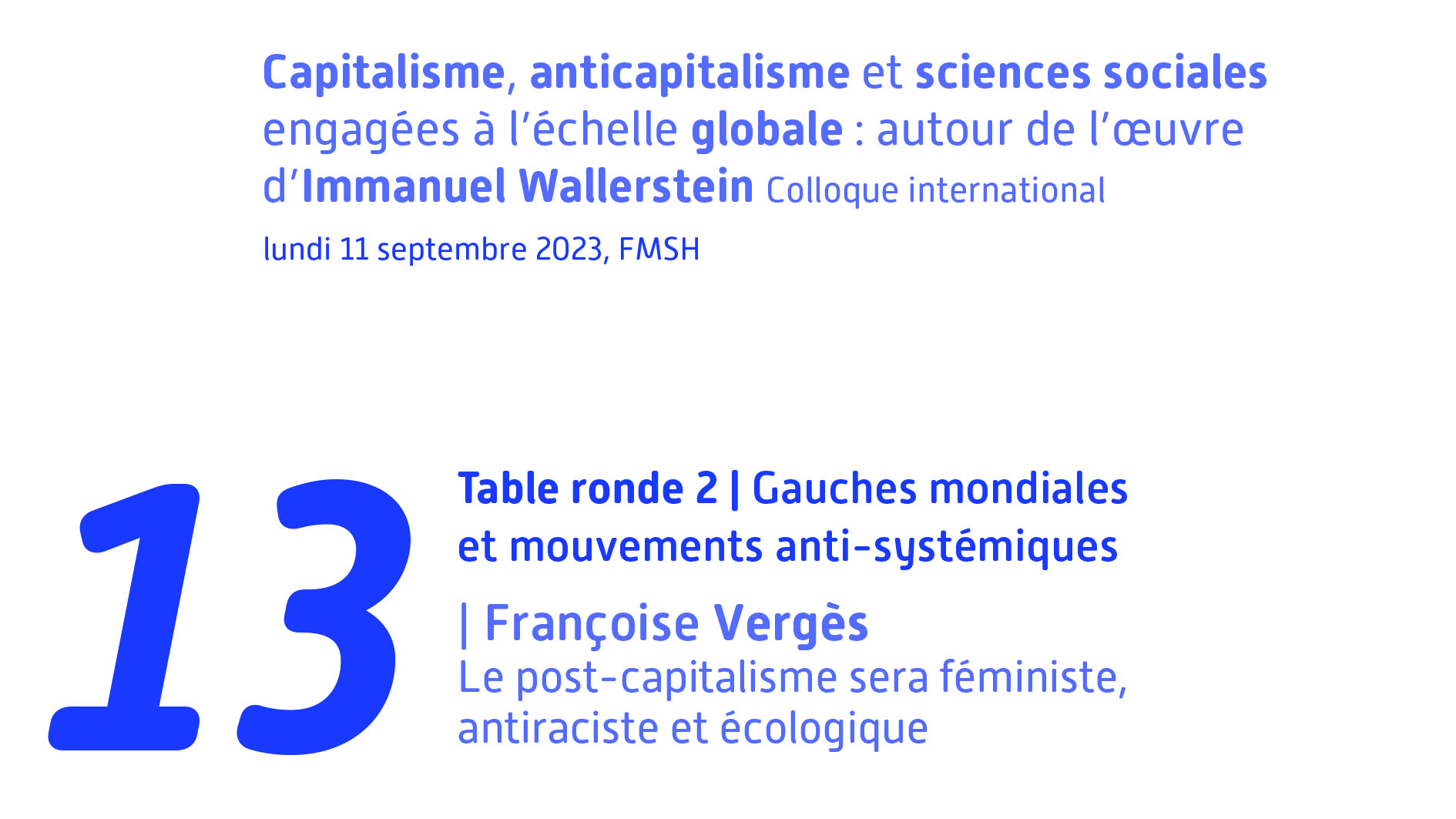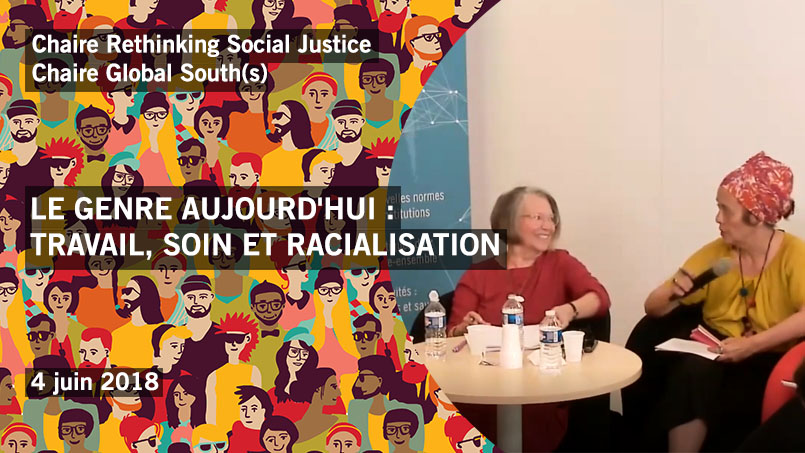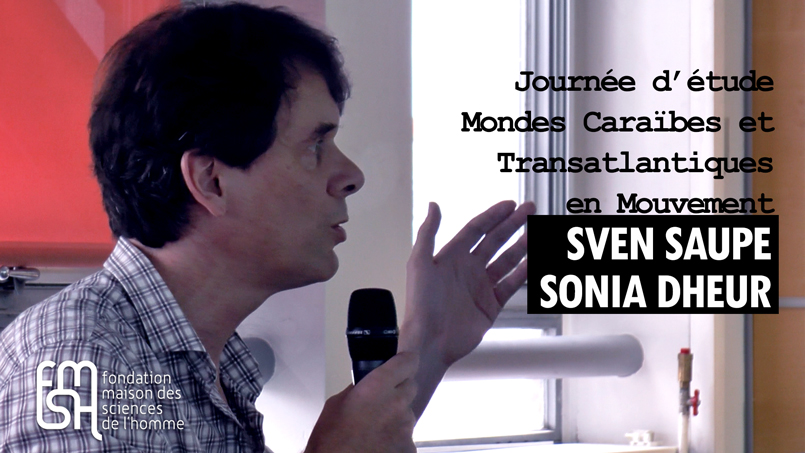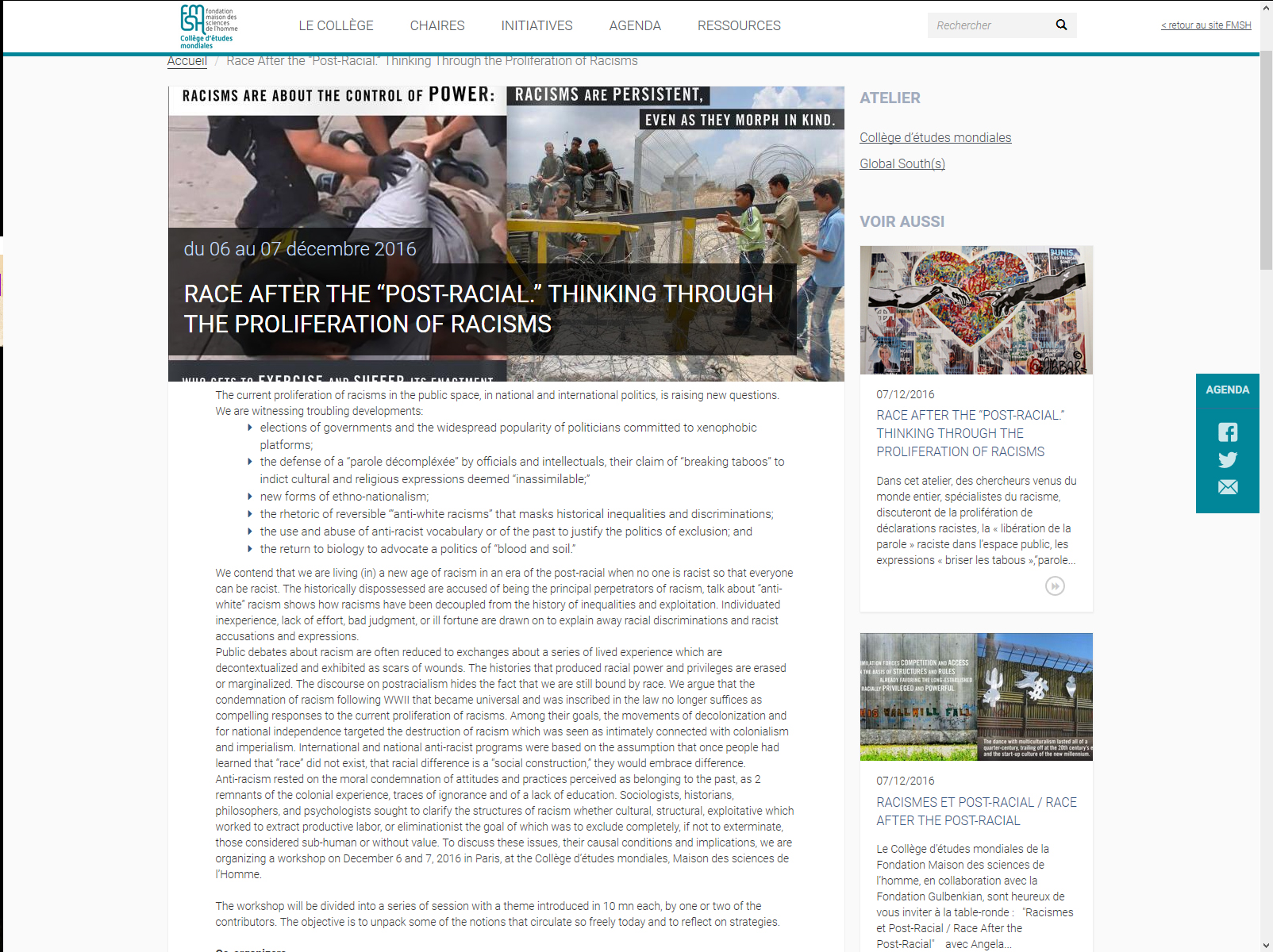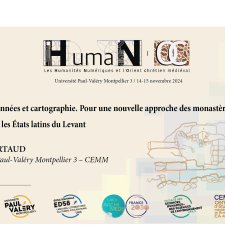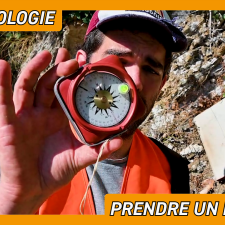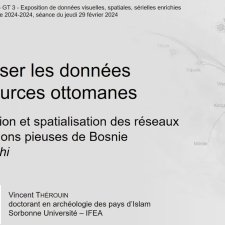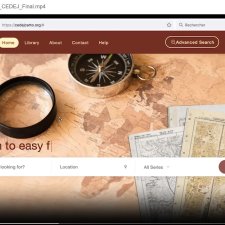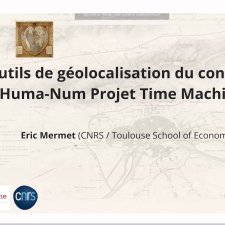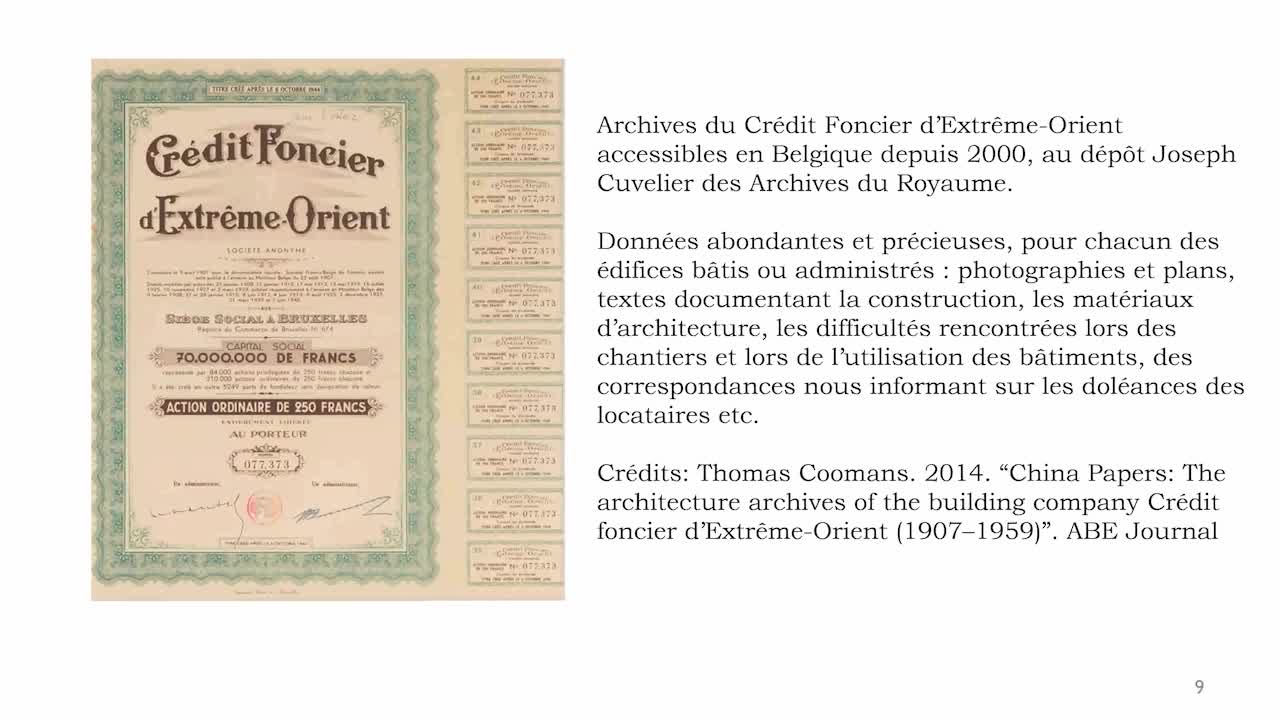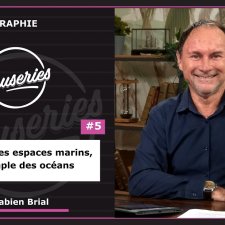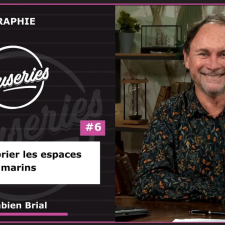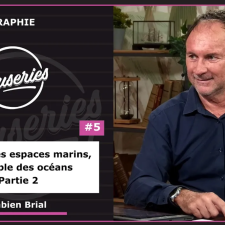Notice
L’ATELIER II « Cartographie de l’espace postcolonial » 6 et 7 juin 2016 - Synthèse
- document 1 document 2 document 3
- niveau 1 niveau 2 niveau 3
Descriptif
L’ATELIER II
« Cartographiede l’espace postcolonial »
6 et 7 juin 2016
Commissaire Françoise Vergès,
Chaire « Global South(s) »
Collège d’études mondiales
Avec la Villa Vassilieff
et la Galerie Bétonsalon
L’Atelierest un espace de travail collaboratif créé par Françoise Vergès qui réunit,depuis novembre 2015, artistes – arts plastiques, photographie, danse, théâtre,film - poètes, philosophes, sociologues, et écrivains.
L’objectif de L’Atelier II était de réaliser en deux jours une exposition quiévoquerait la prolifération de récits et de représentations non-hégémoniques dansl’espace postcolonial républicain en évitant le modèle de l’expositioncoloniale - la juxtaposition d’images. Ils’agissait de dénationaliser la cartographie, de provincialiser la France, de mettreà jour circulations, itinéraires, et l’inattendu ou l’imprévisible qui dessinentl’espace de l’écriture de l’histoire dessubalternes.
Les participant-e-s furentinvité-e-s à apporter images, livres, objets, sons, recettes de cuisine,chants, drapeaux, cartes géologiques, cartes imaginaires, récits de voyage,unes de journaux, photographies, films, instruments de musique, livres, pour réaliserde manière éphémère une cartographie inévitablement incomplète mais mettant en jeu plusieurs approches et interprétations.
Le principe de départ était lesuivant : nous partirions de ce que nous avons – nos expériences,pratiques, savoirs, langues, mémoires – et de ce que nous avions apportérejetant la logique hégémonique de l’économie du manque. Absence et manquefurent des notions centrales du discours colonial, et sont des notionscentrales de l’impérialisme et du capitalisme néo-libéral. L’Atelier II a eu lieu dans l’espace vide de la Galerie Bétonsalon aucentre duquel nous avons disposé objets, livres, photos… Le premier matin, nousavons discuté dans quatre groupes – Nord, Sud, est, Ouest- d’une série dethèmes – frontières, camps, citoyens, migrants, mémoire, culture et en débutd’après-midi, nous avons commencé à tracer l’itinéraire de notre exposition endisposant ensemble ou par groupes les objets. Parmi les gestes en commun, j’aicuisiné un massalé de pommes de terre et haricots verts et nous avons cuit duriz pendant la session du mardi matin. Nous avons terminé l’exposition en débutd’après-midi et nous nous sommes fait la visite. Nous avons découvert desperformances et des lectures de poèmes et de textes, des films de voguing, desmaquettes, un autel aux ancêtres, des photos, une exposition fut réalisée demanière collaborative et collective avec performances –danse et autres-,lecture de poèmes et de textes, voguing, films, maquettes, autel aux ancêtres,photographie…
À 17h, l’exposition fut ouverte aupublic, elle prit fin le soir même de son ouverture. En effet, nous avons voulurespecter deux principes : rien ne serait apporté de nouveau après lapremière matinée et l’exposition serait éphémère.
Avec : Kader ATTIA (artiste), Lotte Arndt (auteure et commissaire d’exposition), KemiBASSÈNE (artiste), Hacène BELMESSOUS (architecte), Jean-François Boclé(artiste), Seloua LUSTE BOULBINA (philosophe),Mélanie BOUTELOUP (Bétonsalon, Villa Vassilieff), Odile BURLURAUX (Musée d’artcontemporain de la Ville de Paris), Marc CHEBSUN (écrivain), Emmanuelle CHÉREL (Beaux Arts, Nantes), Myriam DAO(artiste), Éva DOUMBIA (metteure en scène, écrivain), Christine EYENE (professeuret commissaire), Yo-Yo Gonthier (photographe), SaraGUINDANI-RIQUIER (directrice de la recherche, Collège d’études mondiales), AntoineIDIER (responsable des études à l'ENSAPC), Léopold LAMBERT(architecte, The Funambulist), CynthiaVoza Lusilu (artiste), Myriam MAHINDOU (artiste), Olivier MARBOEUF(Galerie Khiasma), Carpanin MARIMOUTOU (poète, écrivain, professeur delittérature), Yves MINTOOGUE (artiste), Pier NDOUMBE (artiste), Pascale OBOLO(Afrikadaa), Séverine ROUSSEL (architecte), Philippe ZOURGANE (architecte) etdes étudiants d’école d’art.
Filmé par Soizic Perrodou.
Merci à l’équipe de Bétonsalon.
L’ATELIERII
Cartographyof A Postcolonial Space
June 6 and 7, 2016
Curator: Françoise Vergès,
Chair « Global South(s) »
Collège d’études mondiales
With the support of Villa Vassilieff
and Gallery Bétonsalon
L’Atelier is a site of collaborative work created byFrançoise Vergès which brings together, since November 2015, artists –plasticians, dance, photography, theater, film, performance – and poets,philosophers, sociologists, historians, art students and writers.
The objective of L’Atelier II was to realize a show intwo days that would evoke the proliferation of non-hegemonic narratives andrepresentations in the postcolonial republican space while avoiding thecolonial model of juxtaposition of images. In other words, denationalizing thecartography, provincializing France, bringing to light circulations,itineraries, and the unforeseen that trace the space of the Subaltern’s writingof history.
Participants were invited to bringimages, objects, recipes, books, sounds, songs, maps, travel narratives,newspapers, posters, photos, films, music instruments, to realize an ephemeraland inevitably incomplete cartography that would bring together differentapproaches and interpretations.
The principle was to do and createwith what we had and thus to reject the hegemonic logic of the economy of lack– lack and absence have been instrumental in the colonial, imperialist andcapitalist regime, and in the ideology of development, leading to a sentimentof frustration and blindness of what exists. Thus we would start with what wehad – the diversity of our experiences, practices, knowledge, languages - andwhat we had brought- and realized something collectively. We met in the emptyspace of Gallery Bétonsalon and put all what we had brought in the center ofthe gallery. We met in four groups – East, West, North, South- to discusstopics –borders, camps, migrants, citizens…- and in the afternoon we started toorganize the show, placing objects and images, tracing an itinerary. As acollaborative gesture, I cooked a massale of potatoes and green beans for all andwe cooked rice during the June 7th morning session. By 11 am, wewent back to the organization of the show, had a visit just for us and at 5pm,opened the show to the public.
It was important both that nothingwould be brought in after the first day and that our creation remainedephemeral and to realize in two days, a collective work.
With, Kader ATTIA (artist), Lotte Arndt (writerand independent curator), Kemi BASSÈNE (artist), Hacène BELMESSOUS (architect),Jean-François Boclé (artist), Seloua LUSTE BOULBINA(philosopher), Mélanie BOUTELOUP (Bétonsalon, Villa Vassilieff), OdileBURLURAUX (curator, Musée d’art contemporain de la Ville de Paris), MarcCHEBSUN (writer), Emmanuelle CHÉREL (Beaux Arts,Nantes), Myriam DAO (artist), Éva DOUMBIA (writer, theater), ChristineEYENE (curator and university scholar), Yo-Yo Gonthier (photographer), Sara GUINDANI-RIQUIER (director of research Collèged’études mondiales), Antoine IDIER (ENSAPC), LéopoldLAMBERT (architect, The Funambulist),Cynthia Voza Lusilu ( artist), Myriam MAHINDOU (artist), Olivier MARBOEUF(Gallery Khiasma, curator, writer), Carpanin MARIMOUTOU (poet, writer,professor of literature Reunion Island), Yves MINTOOGUE (artist), Pier NDOUMBE(artist), Pascale OBOLO (Afrikadaa), Séverine ROUSSEL (architect), PhilippeZOURGANE (architect), and art students.
Filmed by SoizicPerrodou.
Thank to the team of Bétonsalon.
Thème
Avec les mêmes intervenants et intervenantes
-
Autour de l'oeuvre d'Immanuel Wallerstein - Interviews
WALLERSTEIN Katharine
COQUERY-VIDROVITCH Catherine
VERGèS Françoise
BALIBAR Étienne
AYMARD Maurice
Le colloque Capitalisme, anticapitalisme et sciences sociales engagées à l'échelle globale : autour de l’œuvre d'Immanuel Wallerstein qui s'est tenu le 11 et 12 septembre 2023, a donné lieu à
-
Table ronde 2/ Gauches mondiales et mouvements anti-systémiques : Discussion générale
MASSIAH Gustave
VERGèS Françoise
BOJADžIJEV Manuela
AGUIRRE ROJAS Carlos Antonio
En 2023, la Fondation Maison des sciences de l’homme fête ses 60 ans. Dans ce cadre, un colloque international autour de l’œuvre de Immanuel Wallerstein et sur son impact, intitulé « Capitalisme,
-
Table ronde 2/ Le post-capitalisme sera féministe, antiraciste et écologique
VERGèS Françoise
Dans le cadre de ses 60 ans, la Fondation Maison des sciences de l'homme organise le colloque international "Capitalisme, anticapitalisme et sciences sociales engagées à l'échelle globale : autour de
-
Capitalisme et (post)esclavage : pour une critique caribéenne de l'économie politique - Race, genre…
VERGèS Françoise
Cette journée d’études est une première tentative pour (re)lancer le débat en adoptant une approche croisée entre les Caraïbes “britannique” et “française” et en élargissant la perspective aux
-
Présentation et discussion autour du livre de Luis Martínez Andrade, Feminismos a la contra. Entre-…
VERGèS Françoise
MARTíNEZ ANDRADE Luis
XAVIER DO MONTE Izadora
FÉMINISMES DU SUD GLOBAL Conférence | Jeudi 23 mai Présentation et discussion autour du livre de Luis Martínez Andrade,
-
Que fait-on de l'étranger aujourd'hui ? Françoise VERGÈS
VERGèS Françoise
Journée d’étude de la Chaire « Exil et migrations » Alexis Nuselovici, titulaire de la chaire « Exil et migrations », organise le mardi 27 juin une journée d'étude » en
-
Le genre aujourd'hui : travail, soin et racialisation
FRASER Nancy
DORLIN Elsa
KARIMI Hanane
GUéNIF SOUILAMAS Nacira
VERGèS Françoise
Table ronde organisée par Nancy Fraser, titulaire de la chaire Repenser la justice sociale, et Françoise Vergès, titulaire de la chaire Global South(s) du Collège d'études mondiales, avec Elsa Dorlin,
-
Discussion
BENTOUHAMI Hourya
BERLIVET Luc
BESSONE Magali
BOUKHRIS Linda
CHIVALLON Christine
DHEUR Sonia
DORON Claude-Olivier
NATIVEL Didier
SAUPE Sven
VERGèS Françoise
Journée d’étude Mondes Caraïbes et Transatlantiques en Mouvement - Mardi 29 mai Variations paradigmatiques du concept de race dans les sciences Cette seconde journée du cycle fait suite à celle
-
Race After the Post-Racial Thinking Through the Proliferation of Racisms Table ronde
WIEVIORKA Michel
DAVIS Angela
VERGèS Françoise
GOLDBERG David Theo
HAGE Ghassan
SHALHOUB-KEVORKIAN Nadera
Cette table-ronde, qui clôt un workshop de deux jours qui s’est déroulé au Collège d’études mondiales de la Fondation Maison des sciences de l’homme, réunit des intellectuels et des activistes afin
-
Table Ronde : “Hmong Memory at the Crossroads”/ “Round Table : Mémoire hmong à la croisée des chemi…
PEYCAM Philippe
STORA Benjamin
VERGèS Françoise
BABANA-HAMPTON Safoi
Septième rencontre du cycle de débats sur l'immigration avec Françoise Vergès, Philippe Peycam, la réalisatrice Safoi Babana- Hampton et Benjamin Stora, président du Conseil d’orientation du Palais de
-
The Black Atlantic: New Perspectives - 03 Black Atlantic II
VERGèS Françoise
HELG Aline
GIKANDI Simon
COWLING Camillia
BOUKARI-YABARA Amzat
In 1993, Paul Gilroy famously described the “Black Atlantic” as a “counterculture of modernity,” using an “explicitly transnational and intercultural perspective” as opposed to a nationalist or
-
L’ATELIER II « Cartographie de l’espace postcolonial » 6 juin 2016
VERGèS Françoise
L’ATELIER II « Cartographie de l’espace postcolonial » 6 et 7 juin 2016 Commissaire Françoise Vergès, Chaire « Global South(s) » Collège d’études mondiales Avec la Villa
Sur le même thème
-
Base de données et cartographie. Pour une nouvelle approche des monastères latins dans les États la…
ARTAUD Florian
À travers son projet doctoral, Florian Artaud propose une relecture des institutions monastiques latines dans les États latins d’Orient, en les abordant sous l’angle de la territorialité. Au cœur de
-
De la charte à la carte et retour : l’apport du SIG à la compréhension de la documentation sur le p…
DORSO Simon
Simon Dorso propose de revisiter la carte du royaume croisé de Jérusalem publiée en 1970 par Prawer et Benvenisti à la lumière des outils des humanités numériques. En croisant sources écrites et
-
Mesure de direction et de pendage | Tuto géologie
TRIANTAFYLLOU Antoine
Tutoriel de mesure de pendage et de direction avec une boussole de géologue sur le terrain.
-
Visualiser les données des sources ottomanes : modélisation et spatialisation des réseaux de fondat…
Visualiser les données des sources ottomanes : modélisation et spatialisation des réseaux de fondations pieuses de Bosnie avec Gephi
-
L’apport des Humanités numériques à la recherche historique : SIG et Web sémantique en Centre Viet…
SCHWEYER Anne-Valérie
MERMET Eric
Analyse du paysage au Centre Vietnam via des annotations sur cartes et photos dans Oronce Fine.
-
Cartes en ligne : un outil de science ouverte
BAYOUMI Hala
Cartes en ligne : un outil de science ouverte
-
Les outils de géolocalisation du consortium Huma-Num Projets Time Machine
MERMET Eric
Les outils de géolocalisation du consortium Huma-Num Projets Time Machine
-
Présentation de Magrit
VIRY Matthieu
Présentation de l'application de cartographie thématique Magrit, incluant une démonstration de réalisation de carte.
-
Le Crédit Foncier d’Extrême Orient dans la concession française de Tianjin (1907-1956) : un récit …
DESPLAIN Aurélia
Le Crédit Foncier d’Extrême Orient dans la concession française de Tianjin (1907-1956) : un récit visuel spatialisé
-
NOMMER LES ESPACES MARINS, L’EXEMPLE DES OCÉANS – PARTIE 1
BRIAL Fabien
BRUNET-MALBRANCQ Joëlle
NOMMER LES ESPACES MARINS, L’EXEMPLE DES OCÉANS – PARTIE 1
-
-
Nommer les espaces marins, l’exemple des océans – Partie 2
BRUNET-MALBRANCQ Joëlle
BRIAL Fabien
Nommer les espaces marins, l’exemple des océans – Partie 2



